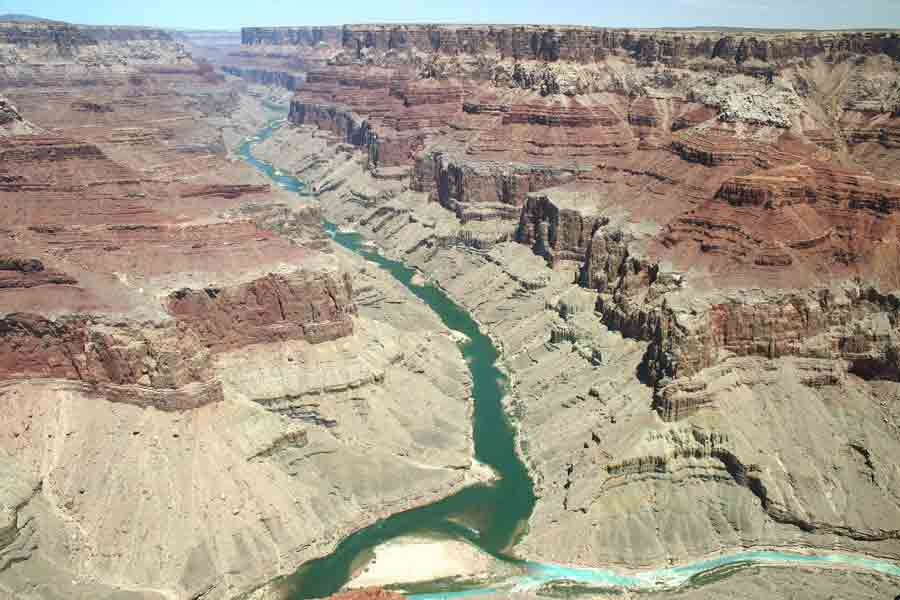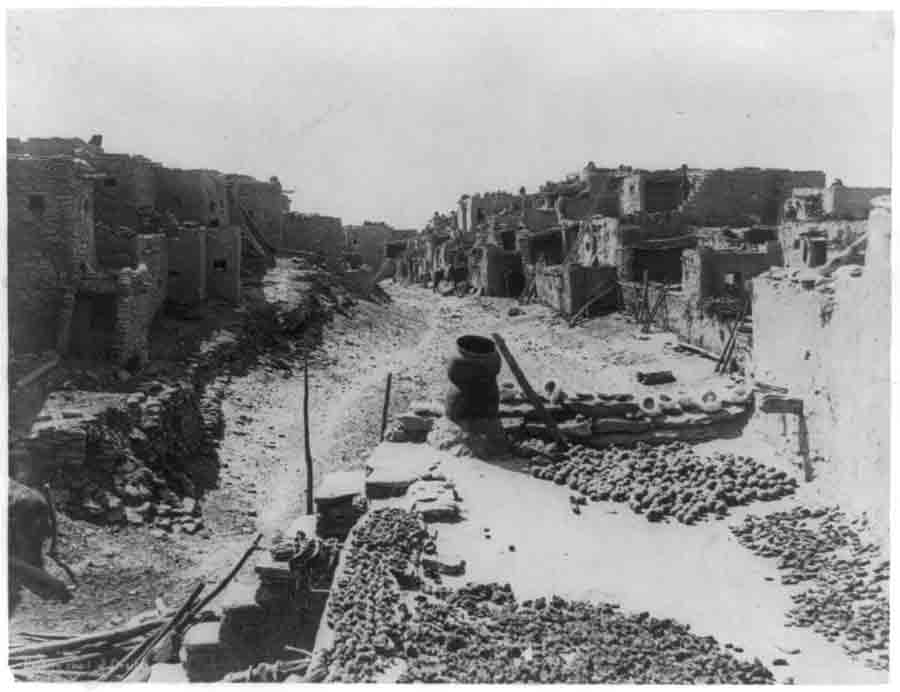The Hopi tribe is one of the most sequestered indigenous groups in the United States, living on the southern escarpments of Black Mesa in eastern Arizona. Their village of Oraibi is considered the oldest continuously inhabited community in the United States, with documented evidence of occupation dating to A.D. 1150. These days, the Hopi Reservation is a small area surrounded by the much larger Navajo Nation, but historically the Hopi and their Puebloan ancestors spent much time in the Grand Canyon, including Indian Garden.
The Hopi people have been understandably protective of their rituals and traditions. Much is not revealed to outsiders. But one accepted understanding is that the Hopi consider this existence to be the Fourth World, humans having inhabited three prior ones and made a mess of them. This emergence story is written on the Hopi Cultural Preservation Office Web site.
For some of the Hopi clans, or matrilineal family groups, the place of emergence is a site in the Grand Canyon known as sipapuni. It is a geologic dome built up from mineral deposits of a spring on the banks of the Little Colorado River upstream from where it joins the Colorado River. After emerging from the Third World through the hole in the top of sipapuni, the early clans spread in all directions and eventually settled on the mesas where they live today.
The Hopi, like many indigenous peoples of the United States, equate special meaning to certain geographic places. Hopi mythology tells of how two brothers, Pokanghoya and Polongahoya, tossed lightning bolts and piled mud to build the Grand Canyon and the river that cuts through it. They created Tokonave (Navajo Mountain) and Neuvatikyaovi (San Francisco Peaks), as well as salt beds in eastern New Mexico. Down through the centuries, Hopi people made annual pilgrimages to the sipapuni for yellow clay, then on to a Grand Canyon cave along the Colorado River to gather salt.



